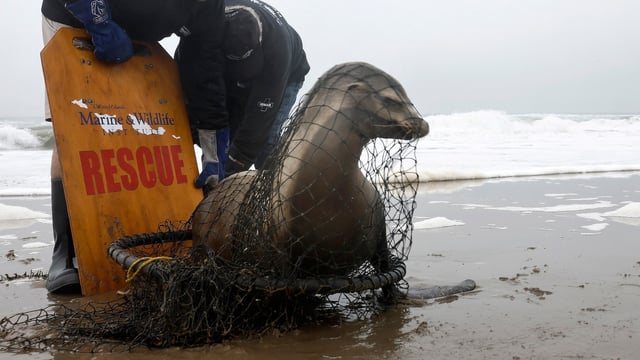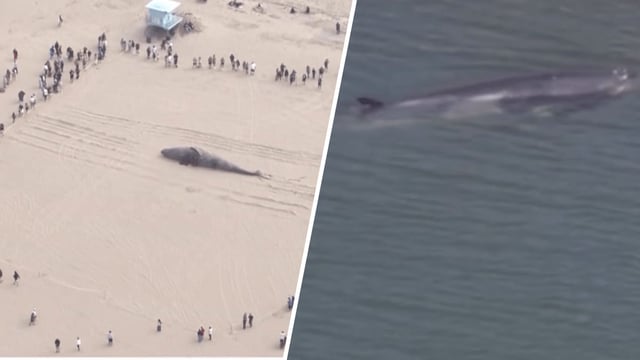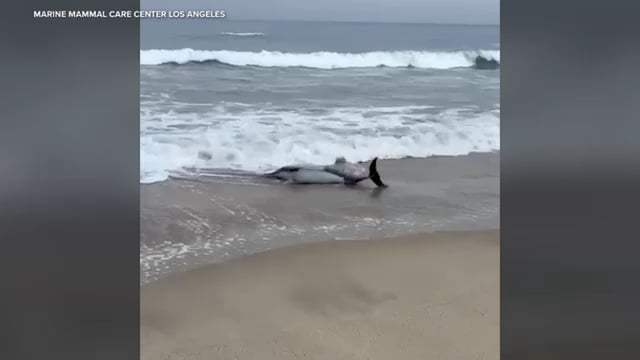Overview
- A toxic algal bloom producing the neurotoxin domoic acid has spread along 155 miles of Southern California's coast, from San Diego to San Luis Obispo.
- Recent necropsies confirmed domoic acid poisoning in a humpback whale and a minke whale, marking the first time whales have been affected in this region during such events.
- Over 200 marine mammals, including sea lions, dolphins, and now whales, have died or stranded since February, overwhelming rescue and research teams.
- Experts link the intensifying blooms to warming oceans, wildfire debris, and fertilizer runoff, with this being the fourth consecutive year of such outbreaks.
- Necropsy results for two gray whales are pending, as researchers push for enhanced monitoring and coordinated response efforts to address the crisis.



